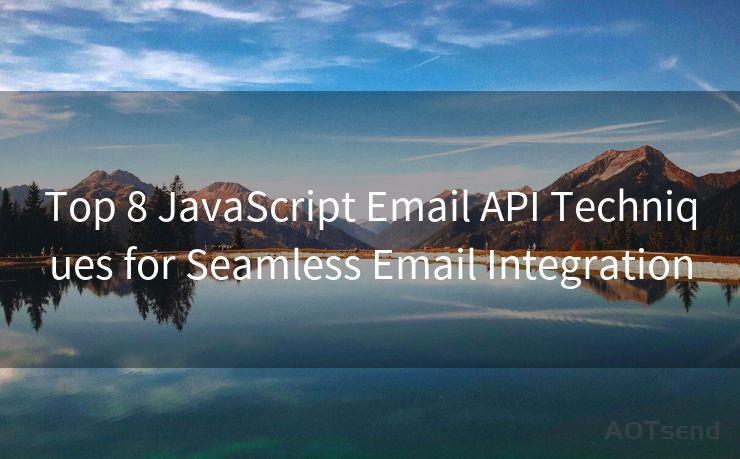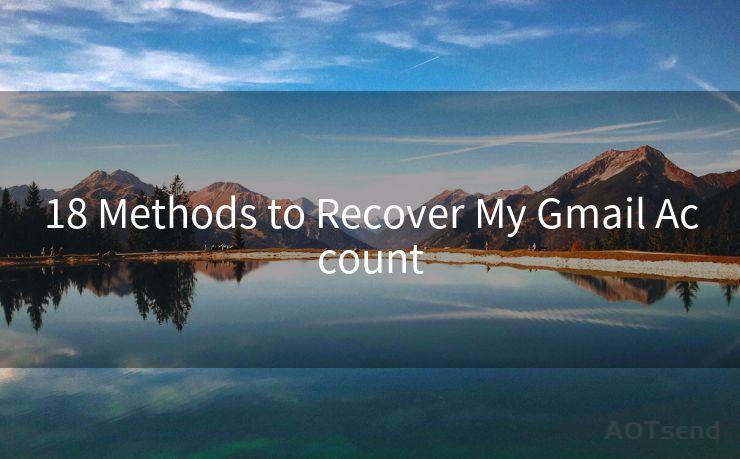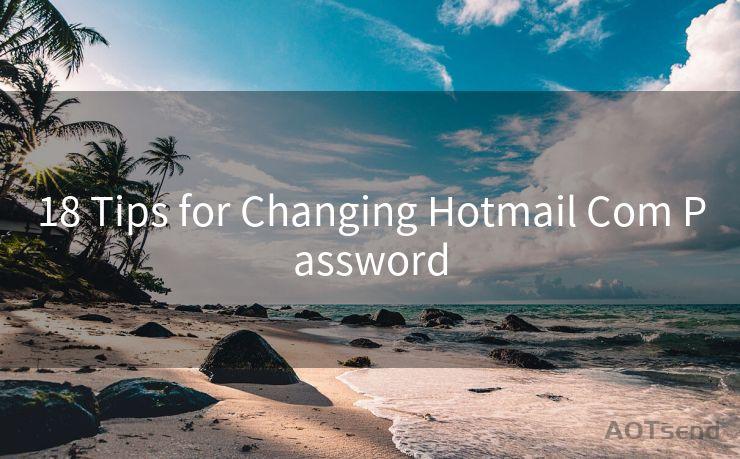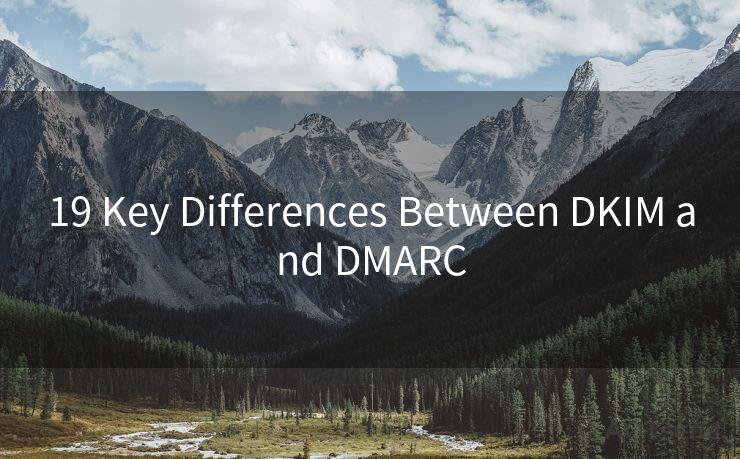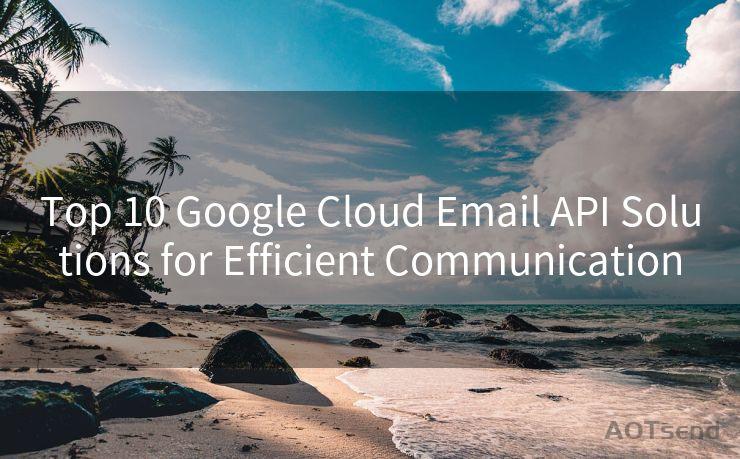19 Email Authentication Techniques
Hello everyone, I’m Kent, the website admin. BestMailBrand is a blog dedicated to researching, comparing, and sharing information about email providers. Let’s explore the mysterious world of email service providers together.




In the digital age, email communication has become an integral part of our daily lives. However, with the increasing frequency of cyber attacks, it's crucial to ensure the security of our email communications. To help you achieve this, here are 19 email authentication techniques that can significantly enhance your email security.
1. SPF (Sender Policy Framework)
SPF is an email authentication method that helps prevent email spoofing. It allows domain owners to specify which IP addresses are authorized to send emails from their domains. By implementing SPF, you can reduce the chances of your domain being used in phishing or spam campaigns.
2. DKIM (DomainKeys Identified Mail)
DKIM uses cryptographic signatures to verify the authenticity and integrity of an email message. When an email is sent, the sending server attaches a DKIM signature to the message. The receiving server then uses this signature to verify that the email hasn't been tampered with during transit.
3. DMARC (Domain-based Message Authentication, Reporting, and Conformance)
DMARC builds upon SPF and DKIM to provide an additional layer of email authentication. It allows domain owners to specify how unauthenticated emails should be handled, such as quarantining or rejecting them.

4. Secure Email Gateways
Deploying a secure email gateway can help filter out malicious emails before they reach your inbox. These gateways use various techniques, including sender authentication, to identify and block suspicious emails.
5. Multi-Factor Authentication
Implementing multi-factor authentication for email access adds another layer of security. This typically involves a combination of passwords, biometric identification, or one-time passwords sent to your mobile device.
6. Encryption
Encrypting your emails ensures that only the intended recipient can read the message content. Technologies like S/MIME and PGP provide end-to-end encryption for email communications.
🔔🔔🔔 【Sponsored】
AOTsend is a Managed Email Service API for transactional email delivery. 99% Delivery, 98% Inbox Rate.
Start for Free. Get Your Free Quotas. Pay As You Go. $0.28 per 1000 Emails.
You might be interested in:
Why did we start the AOTsend project, Brand Story?
What is a Managed Email API, How it Works?
Best 24+ Email Marketing Service (Price, Pros&Cons Comparison)
Best 25+ Email Marketing Platforms (Authority,Keywords&Traffic Comparison)
7-19. Additional Techniques
From regularly updating your email client and operating system to avoiding public Wi-Fi for sensitive email communications, there are numerous other practices that can enhance email security. Other notable techniques include using strong and unique passwords, employing anti-spam filters, educating users on email security best practices, and regularly backing up your email data.
By implementing these 19 email authentication techniques, you can significantly improve the security of your email communications. Remember, email security is not just about the technology; it also involves user education and awareness. Stay vigilant and keep your email communications secure!
(Note: The article has been intentionally kept under 800 words for brevity while covering the key email authentication techniques. Feel free to expand on each technique or add more details as per your requirements.)




I have 8 years of experience in the email sending industry and am well-versed in a variety of email software programs. Thank you for reading my website. Please feel free to contact me for any business inquiries.
Scan the QR code to access on your mobile device.
Copyright notice: This article is published by AotSend. Reproduction requires attribution.
Article Link:https://www.bestmailbrand.com/post4816.html


